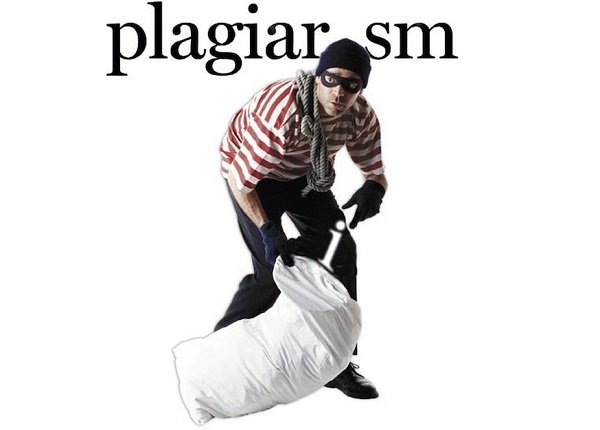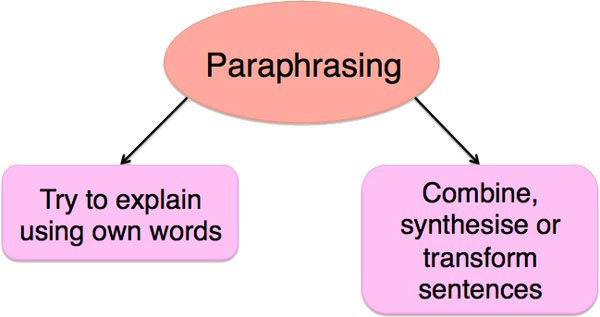HOW TO AVOID PLAGIARISM
 Plagiarism is an unauthorized use or imitation of the ideas and thoughts of another author and an attempt to present them as your own.
Plagiarism is an unauthorized use or imitation of the ideas and thoughts of another author and an attempt to present them as your own.
It can lead to grade deduction or even exclusion from school or college if detected.
The use of synonyms and substitution with suitable words cannot serve as an excuse for plagiarism. You should write your paper in your own words, and then, in the end, indicate the sources of information to which you referred.
Important: The use of plagiarism can destroy your personal, scientific and professional reputation. The result can be the consequences of both legal and financial nature.
Ways to Avoid Plagiarism:
1. Paraphrasing
Paraphrasing allows you to write down in your own words the thought of the author, without destroying it’s meaning.
Remember: it is not enough to replace words for paraphrasing. Here you will need the knowledge of synonyms and the ability to rebuild sentences.


2. Quoting
- Quote is a verbatim extract from a text, provided with a reference to a source published earlier. It is one of the ways to tell that some of the material from your work came from another source.
- Citing quotes involves indication of a page number of the source cited or a paragraph in case the quote is taken from a web source. Formatting is done according to the required style.
3. Referencing
- References are bibliographic descriptions of sources of citations and borrowings recommended to the reader during reading or in the publications discussed in the text or, in other words, the totality of bibliographic information on the other work (the constituent part or group of works) cited, considered or mentioned in the text, necessary for its identification and search.
- The use of references in papers is mandatory.
Use them in the following cases:
- When quoting fragments of the text of formulas, tables, illustrations, etc;
- When borrowing formulas, tables, illustrations, etc. not in the form of a quote;
- When analyzing other publications in the text;
- If necessary, sending the reader to other publications, where the material discussed is given more fully.
4. Citing
- It is obligatory in academic writing to make citations correctly.
- They are usually formatted according to the required formatting style and should be placed in text properly to avoid plagiarism. Ideally, there must be the total match between the citations in the body of your paper and the sources listed in your references.
Media Plagiarism
Copying and pasting the images from other websites into your own papers, making a video from footage of others’ videos are also considered as plagiarism and, if detected, can lead to consequences just as serious as any other type of it.


Common Knowledge:
- Common knowledge is information generally known to anyone, such as widely known facts and dates.
- Common knowledge cannot be protected by copyright. This means that you can use any common knowledge in your papers to justify particular things.
- Despite the fact that common knowledge is not an object of copyright, the words used to express it are protected from copying, especially if such a combination of words is unique or original.
Useful Links:
To make sure that a paper is plagiarism-free, here are some online sources to check it before submission: